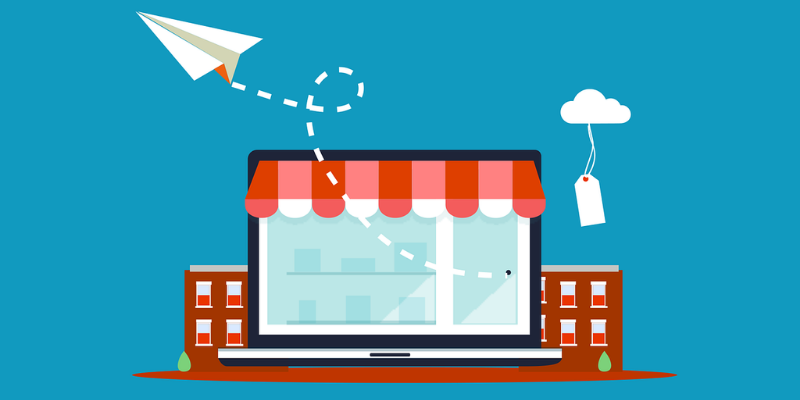
Third-party logistics is poised to benefit as the Indian direct-to-consumer (D2C) market is estimated to reach a gross merchandise value (GMV) of $30 billion-$35 billion by 2027, at a CAGR of about 40% from 2022 to 2027.
This growth rate is three times higher than that of the broader retail market and 1.6 times higher than the ecommerce market over the same period, according to a report by Redseer Strategy Consultants. One of the direct benefactors of the D2C market growth are third-party logistics (3PL) providers, added the report.
Redseer’s report has consolidated inputs from over 60 emerging new-age D2C brands in India.
“3PL solutions tie in well with the D2C segment as demand varies across cities/regions and the required logistics investment is on the higher side. Brands need reliable logistics partners with a wider reach across India to ensure consistency of experience,” said Mrigank Gutgutia, Partner at Redseer.
In 2022, the number of D2C shipments were 0.5 billion, and industry projections indicate a substantial increase to 3 billion shipments by 2027.
Several significant factors are driving the growth of the D2C market and subsequently shipments in India, noted the report.
The process of brand creation has become easier and more streamlined in recent years. Traditionally, it took brands 15-20 years to reach a revenue of Rs 100 crore, but now this milestone is achieved in less than half the time, said the report.
Certain product categories with higher purchase frequency, such as home and general merchandise, fashion, and beauty and personal care, are gaining traction and diverting market share from mobile devices.
As a significant portion of new online shoppers, especially those from lower income brackets and smaller towns, enters the market, they tend to gravitate towards more affordable options and smaller product units. This preference for cost-effective choices and smaller stock keeping units (SKUs) is also contributing to the rise in the volume of shipments in the D2C sector, the report highlighted.
The report also delves into the specific requirements that D2C brands in various categories have from their 3PL partners.
Return management emerges as a critical concern for most fashion brands, while smaller D2C brands prioritise cost-effective shipping solutions and robust shipment protection to mitigate losses caused by product damage.
In the beauty and personal care sector, there is a demand for cold-storage supply chain capabilities that can handle fragile items. Additionally, mid-to-large brands in this sector place a premium on expanding their reach and ensuring swift deliveries.
In home and general merchandise, there is a need for reliable insurance with a hassle-free claims process. A high level of shipment protection is also essential to prevent damages during transit.
For D2C brands in the packaged foods and beverages category, where margins tend to be lower, affordable shipping solutions are of utmost importance. Brands also often require quick deliveries in urban areas, emphasising the need for dense logistics networks to facilitate rapid distribution.
Edited by Swetha Kannan




![Read more about the article [Startup Bharat] This home décor startup is keeping Indian handicrafts alive by working with artisans from remote parts of India](https://blog.digitalsevaa.com/wp-content/uploads/2022/01/ImageBranding-Amisha2-1642074728191-300x150.png)





